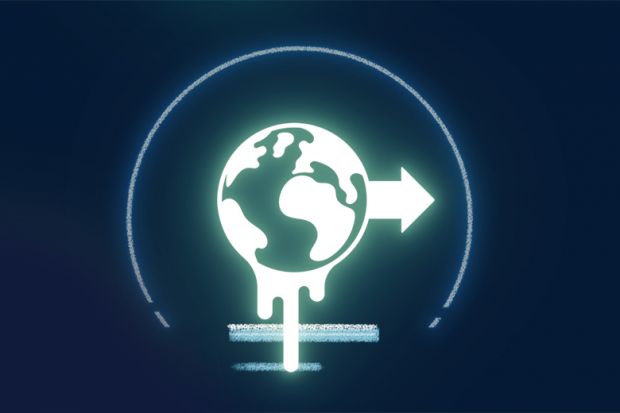Browse the full results of the Impact Rankings 2024
This ranking explores universities’ research on climate change, their use of energy and their preparations for dealing with the consequences of climate change.
View the methodology for the Impact Rankings 2024 to find out how these data are used in the overall ranking.
Metrics
Research on climate action (27%)
- Proportion of papers in the top 10 per cent of journals as defined by Citescore (10%)
- Field-weighted citation index of papers produced by the university (10%)
- Number of publications (7%)
This focuses on research that is relevant to climate action. The field-weighted citation index is a subject-normalised score of the citation performance of publications.
The data are provided by Elsevier’s Scopus dataset, based on a query of keywords associated with SDG 13 (climate action) and supplemented by additional publications identified by artificial intelligence. The data include all indexed publications between 2018 and 2022. The data are normalised across the range using Z-scoring.
Low-carbon energy use (27%)
- Measure the amount of low-carbon energy used (13.5%)
- Proportion of electricity from low-carbon sources (13.5%)
The first indicator gives higher scores if the amount of low-carbon energy used is measured across the whole university. If universities do not measure this amount they cannot score for the second indicator.
The second indicator refers to the gigajoules (GJ) of total energy used and energy used from low-carbon sources. The total energy used includes both energy generated by the university and energy purchased by the university.
The data were provided directly by universities and normalised across the range using Z-scoring.
Environmental education measures (23%)
- Provide local education programmes or campaigns on climate change (4.6%)
- Existence of a university climate action plan shared with local government and community groups (4.6%)
- Work with local or national government to plan for climate change disasters that may include the displacement of people (4.6%)
- Inform and support government on issues associated with climate change (4.6%)
- Collaborate with NGOs on climate adaptation (4.6%)
The evidence was provided directly by universities, evaluated and scored by Times Higher Education and not normalised.
Commitment to carbon-neutral university (23%)
- Commitment to carbon neutrality (11.5%)
- Achieve-by date (11.5%)
The first indicator asks whether the university has a target date by which it will become carbon neutral, according to the Greenhouse Gas Protocol, and the second indicator asks when carbon neutrality for both Scopes 1 and 2 is expected to be achieved (or whether it has already been achieved). Higher scores are given for the first indicator if the target includes all three scopes.
The evidence was provided directly by universities, evaluated and scored by THE and not normalised.
Evidence
When we ask about policies and initiatives – for example, the existence of mentoring programmes – our metrics require universities to provide the evidence to support their claims. In these cases, we give credit for the evidence, and for the evidence being public. These metrics are not usually size-normalised.
Evidence is evaluated against a set of criteria, and decisions are cross-validated where there is uncertainty. Evidence need not be exhaustive – we are looking for examples that demonstrate best practice at the institutions concerned.
Time frame
In general, the data used refer to the closest academic year to January to December 2022. The date range for each metric is specified in the full methodology document.
Exclusions
The ranking is open to any university that teaches at either undergraduate or postgraduate level. Although research activities form part of the methodology, there is no minimum research requirement for participation.
THE reserves the right to exclude universities that it believes have falsified data, or are no longer in good standing.
Data collection
Institutions provide and sign off their institutional data for use in the rankings. On the rare occasions when a particular data point is not provided, we enter a value of zero.
Register to continue
Why register?
- Registration is free and only takes a moment
- Once registered, you can read 3 articles a month
- Sign up for our newsletter
Subscribe
Or subscribe for unlimited access to:
- Unlimited access to news, views, insights & reviews
- Digital editions
- Digital access to THE’s university and college rankings analysis
Already registered or a current subscriber? Login
